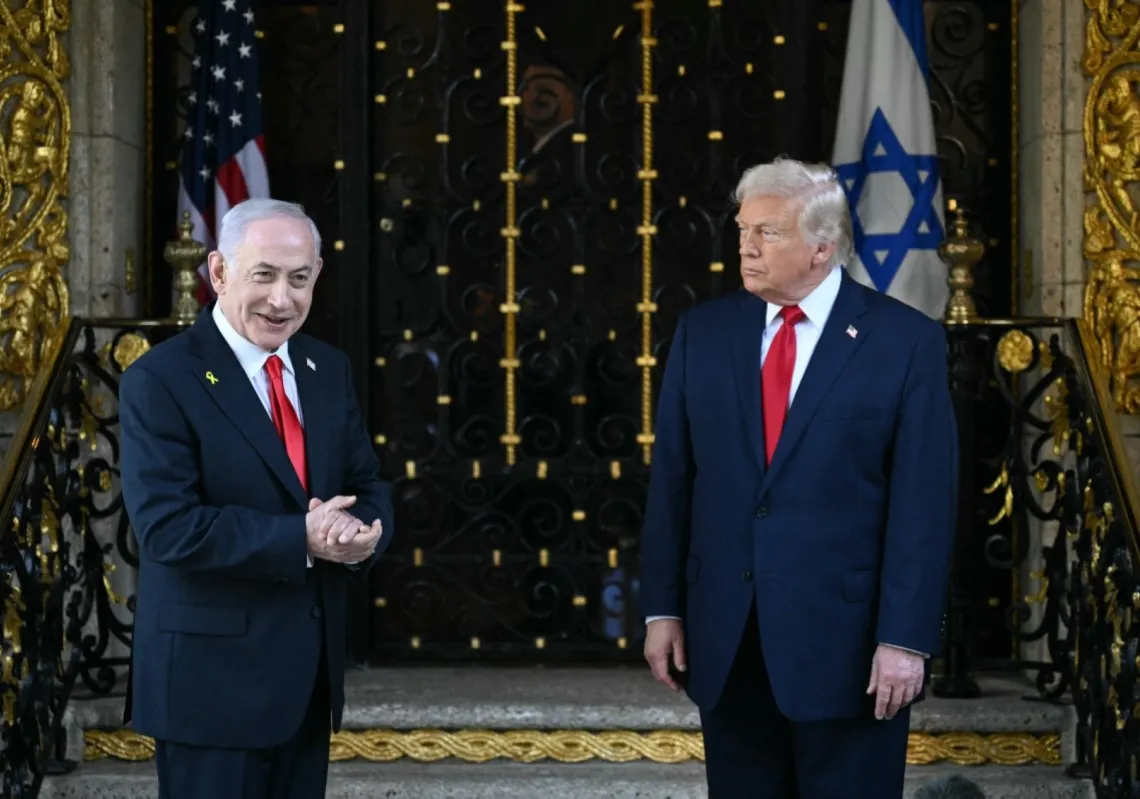Regional turmoil and the proliferation of militias have weakened efforts to strengthen national identities in the Middle East.
A survey of the region paints a grim picture.
Egypt is surrounded by turmoil from Sudan in the south to Libya in the west and Gaza in the east. Jordan is also struggling on multiple fronts.
To the north, it faces war with organised drug smuggling groups and, to the west, it faces Israel’s war of aggression on Gaza. In Iraq, militias run rampant and continue to marginalise state authority.
The proliferation of militias marks a profound transformation in the region's political landscape and is one of the most important consequences of the wave of change sweeping the region and the broader world.
In October alone, there were many examples of this. Apart from Israel's war on Gaza, the PKK carried out an attack in the heart of Ankara. Then, there was a devastating attack on the military college in Homs, Syria, carried out by the Turkestan Islamic Party.

In January, the Islamic State (IS) reportedly claimed responsibility for 34 attacks in Syria alone, including the multiple deaths of the tragic assault in Kerman.
In Yemen, the Houthis are majorly disrupting maritime traffic in the Red Sea, as the US, Britain, and Europe are also operating there to counter the attacks.
And to the west, in Sudan, the Rapid Support Forces are engaged in civil war, while Libya is home to disparate militias representing a grave national security challenge.
In a region dotted with militias with foreign agendas, achieving national stability and development is becoming increasingly difficult.
It seems these non-state actors are learning from each other while also acquiring the weaponry and technology to inflict significant harm in their attacks.
The decline of the nation-state
For a long period, nation-states were the dominant force in the Middle East, complete with powerful military and security institutions.













